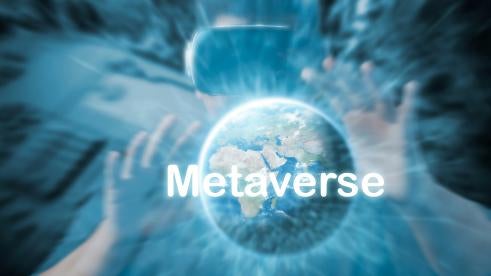The Metaverse is a new frontier of innovation in social and business interaction, and pioneers of this technology are rushing to develop its building blocks and protect their intellectual property (IP) rights. However, patenting this cutting-edge technology is not without challenges.
Driven by the tremendous popularity of social networks and the advances in virtual reality (VR), leading tech companies began developing new revolutionary technology - a computer-generated universe called Metaverse. It is a network of three-dimensional virtual worlds in which people can build virtual homes, run businesses, interact with their friends and families through their avatars, create art, enjoy travel, play games, etc. Although it may be years before such features of the Metaverse become mainstream, the opportunities to shape the future of this technology at an early stage make investing in its development possibly highly lucrative. Many tech companies have begun aggressively developing and patenting technologies to power the Metaverse.
Examples of such patented technologies are systems for optimizing shared views of virtual objects to multiple wearers of VR headsets; algorithms for generating and moving virtual shapes and scenes in a VR environment based on hand gestures, head motion, or line of sight of the user; systems for generating haptic feedback corresponding to users' interaction with virtual objects in a virtual environment; and methods for generating 3D avatars of the users, which emulate users’ appearance and behavior, to name a few.
Prosecuting virtual technology patent applications is challenging due to the strict subject matter eligibility requirements applied to software inventions under 35 USC 101 in view of the US Supreme Court decision in Alice Corp v. CLS Bank. Nevertheless, patent attorneys consistently meet these subject matter eligibility requirements to successfully obtain patents using a mixture of claim drafting strategies and persuasive arguments developed by closely monitoring changes in the Federal Circuit case law and USPTO examination guidelines. For example, to avoid Section 101 rejections from the onset, patent attorneys should emphasize technical improvements of the technology, incorporate technical steps that can be argued as non-abstract, and ensure that a specification fleshes out a problem-solution combination that can be tied to a practical application.




 />i
/>i